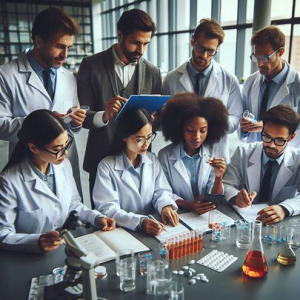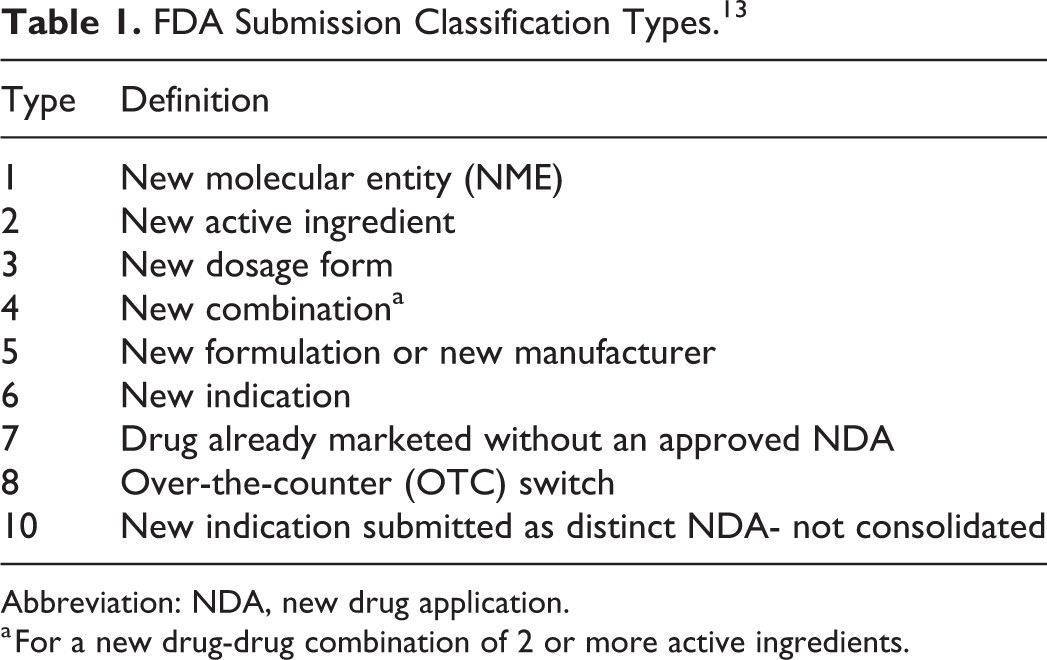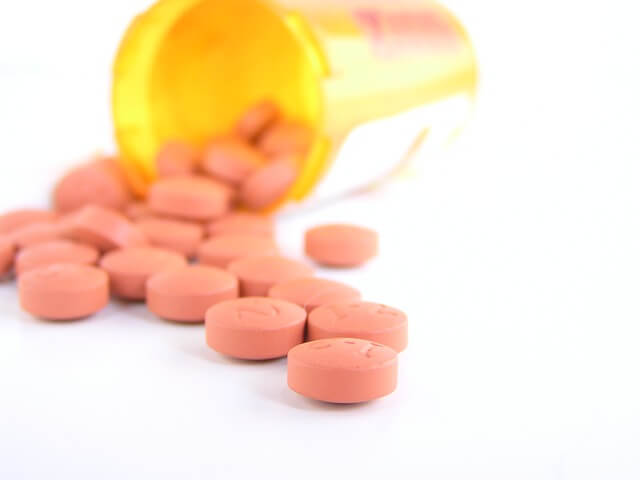
Pharmacovigilance is a crucial aspect of ensuring patient safety and maintaining the effectiveness of medications. In the context of generic drugs, pharmacovigilance plays a vital role in monitoring the safety and efficacy of these medications, which are increasingly becoming the norm in modern healthcare. The importance of pharmacovigilance in generic drugs cannot be overstated, as it helps to detect, assess, understand, and prevent adverse drug reactions (ADRs) that may occur after the completion of randomized controlled trials.
Background and History
The need for pharmacovigilance evolved around unfortunate incidents in history, such as deaths caused by anesthesia and congenital malformations from thalidomide use. These incidents highlighted the importance of monitoring the safety of medications and led to the establishment of national pharmacovigilance centers (NPCs) to record and evaluate adverse drug reactions (ADRs).
Role of Clinicians
Clinicians play a significant role in the recognition and reporting of ADRs to national pharmacovigilance centers (NPCs). Effective pharmacovigilance relies on consistent, high-quality data from clinicians regarding ADRs, especially rare adverse effects that may require international databases to detect safety signals. However, there is significant international variability in pharmacovigilance approaches, with varying levels of industry funding and publicly funded programs.
Benefits of Generic Drugs
Generic drugs have numerous benefits, including cost savings and increased accessibility. In the United States, for example, generic medications saved Americans $373 billion in 2021, with 91% of prescriptions filled by generic drugs. However, the complexity of generic drug products, including complex formulations and dosage forms, can lead to unique quality and reliability issues that require careful monitoring.
Pharmacovigilance in Generic Drugs
Pharmacovigilance in generic drugs involves monitoring the safety and efficacy of these medications throughout their lifecycle, from development to post-market surveillance. This includes evaluating the bioequivalence and comparative safety of new generic drug products, assessing the safety of excipients and drug impurities, and monitoring the safety and effectiveness of generic drugs in both pre-market and post-market settings.
Challenges and Future Directions
Despite the importance of pharmacovigilance in generic drugs, there are several challenges that need to be addressed. These include the need for standardized competencies for pharmacovigilance, improved awareness and quality of ADR reporting, and the development of surrogate markers to demonstrate the impact of pharmacovigilance on patient safety. Additionally, the increasing complexity of generic drug products and the need for proactive risk assessment and management throughout their lifecycle pose significant challenges for pharmacovigilance.
Conclusion
Pharmacovigilance is essential for ensuring patient safety and maintaining the effectiveness of medications, including generic drugs. By detecting, assessing, understanding, and preventing adverse drug reactions, pharmacovigilance helps to protect patients from harm and promotes the safe and effective use of medications. As the use of generic drugs continues to grow, it is crucial that pharmacovigilance approaches evolve to meet the unique challenges posed by these medications.
“Pharmacovigilance is not just about monitoring adverse drug reactions; it is about ensuring that medications are safe and effective for patients. It is a critical component of modern healthcare, and its importance cannot be overstated.” – Debra Caterson, Lead Clinical Safety Coordinator for the Clinical Safety Surveillance Staff in the Office of Generic Drugs.
References
- Pharmacovigilance and Its Importance for Primary Health Care. (2022). Retrieved from https://www.ncbi.nlm.nih.gov/pmc/articles/PMC9532191/
- The Safety Evaluation and Surveillance of Generic Drugs – FDA. (2022). Retrieved from https://www.fda.gov/media/163517/download
- The Importance of Generic Drug Pharmacovigilance. (2020). Retrieved from https://www.youtube.com/watch?v=F2rJ-XnKkBs
- The Importance of Pharmacovigilance. (2002). Retrieved from https://iris.who.int/bitstream/handle/10665/42493/a75646.pdf
- Importance of Pharmacovigilance for Pharmaceutical Industry. (n.d.). Retrieved from https://www.pmda.go.jp/files/000216986.pdf
























